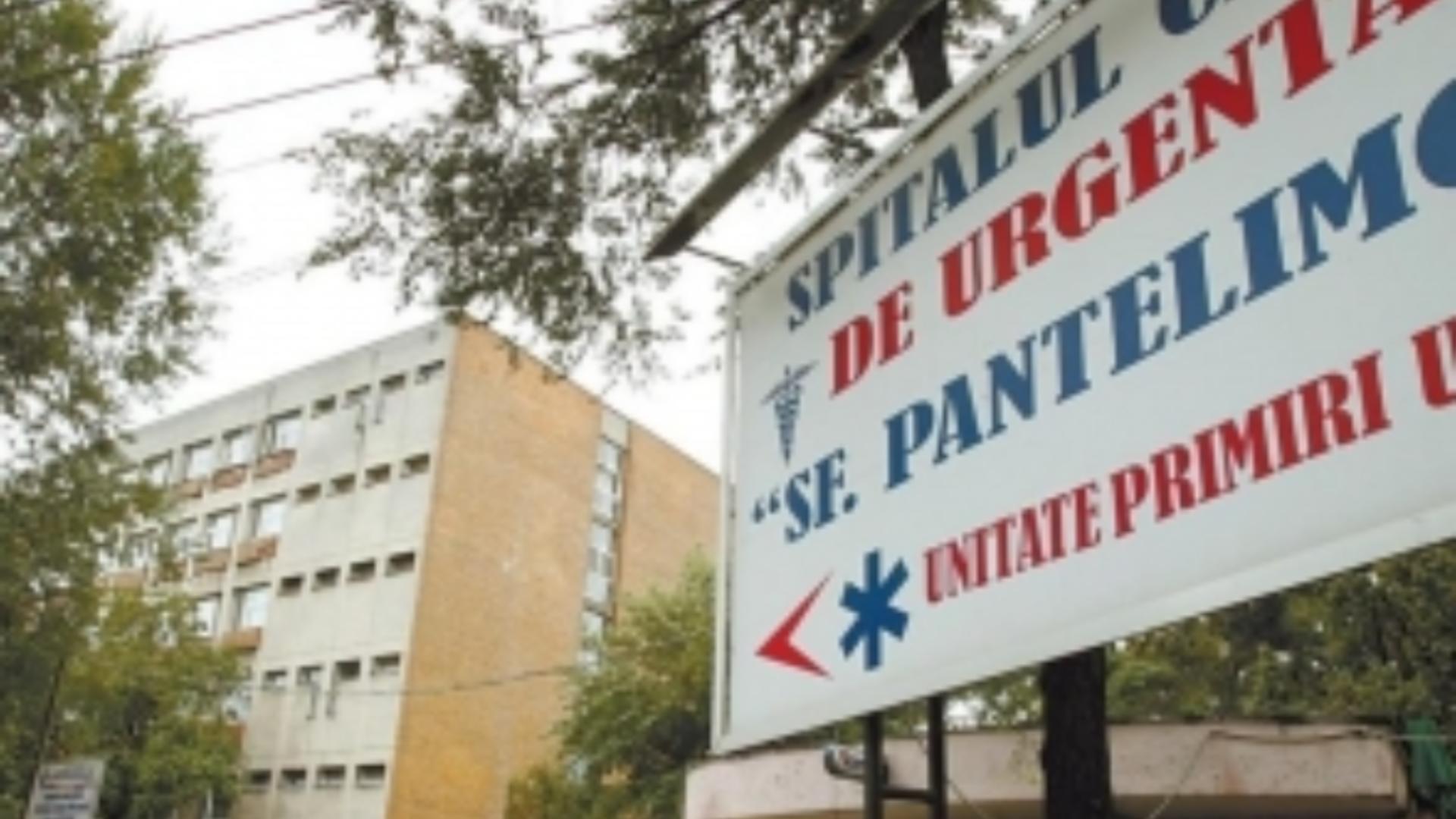Creative Australia has launched a first-of-its-kind research report into the health and sustainability of the country’s music festival sector.
The report arrives in the wake of a distressing amount of festival cancellations. Last week, Mona Museum owner and founder David Walsh announced the end of Mona Foma, and that followed cancellations from some of Australia’s biggest festivals—Splendour In The Grass and Groovin The Moo—in addition to boutique and newer events, including Coastal Jam, Tent Pole, ValleyWays, Now & Again, and Fairbridge.
The upcoming Pandemonium Rocks festival has also been hit with reports of impending cancellation and has revealed an altered line-up. Meanwhile, Wanderer announced that it’s moved to a biennial format, while Falls and Mona Foma‘s winter sibling, Dark Mofo, have taken breaks in 2023 and 2024.
Amid bleak festival news, niche genre festivals such as Good Things, New Bloom, newcomer Souled Out, Listen Out, CMC Rocks, and more are thriving.
However, there’s reason to be concerned about the state of Australia’s music festival sector, and in the report Soundcheck: Insights into Australia’s music festival sector, Creative Australia has drawn from 2022/23 financial year data to explore the cultural, social, and economic impact of music festivals.
According to the report, rising operational costs (47%), lack of funding and grants (39%), insurance (31%) and extreme weather events (22%) are currently the most significant barriers to running music festivals in Australia.
In addition to those stressors, festival organisers have indicated difficulty in “complex and inconsistent regulatory requirements” on a state-by-state basis, which includes “navigating planning and/or local government/council requirements and navigating police and/or security requirements (both 27% of festivals).”
On average, 9,506 tickets per festival were sold during the 2022/23 financial year, up from 8,116 tickets in 2018–19. However, the trend of late ticket-buying continues to wreak havoc within the industry. Plus, 18-24-year-old punters are buying tickets at lower rates than pre-COVID, but people in their mid-to-late 20s purchased tickets at greater rates in the last financial year.
It’s not all bad news, though, as 535 music festivals were presented across Australia during the 2022-23 financial year—almost 1.5 events for each day of the year. 53% of festival organisers state that supporting local tourism is a strength of music festivals, and 45% cite creating a sense of community as another critical strength.
Australian Festivals Association (AFA) Managing Director Mitch Wilson commented in a press release, “Soundcheck is a game-changer for music festivals in Australia. This is the first-ever national research on the size and benefits of our industry. Thanks to Creative Australia for their work on the report. It will be the bedrock of data for the AFA in our advocacy work for years to come.”
Creative Australia’s Executive Director of Strategic Development and Partnerships, Georgie McClean, added, “Music brings us together, and millions of Australians attend festivals annually. Yet, until now, the size, scale and impact of the industry has not been well documented or understood.
“We hope this report will serve as a useful tool for festival organisers and help us to better understand the role and contribution of festivals within the broader creative industries as they face multiple challenges. To inform the future work of Music Australia, we will be undertaking further research into how Australians discover, engage with and consume music in order to better understand the broader ecosystem that underpins live music, including festivals.”





